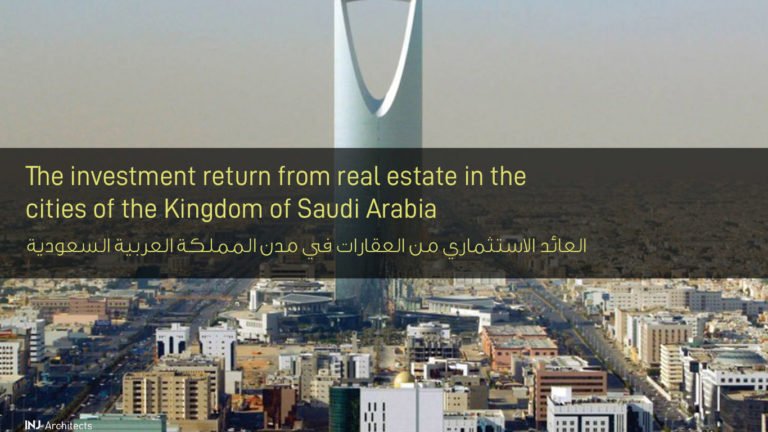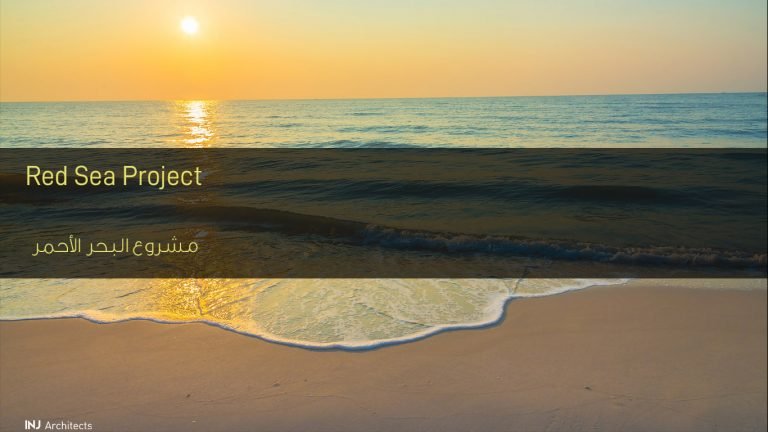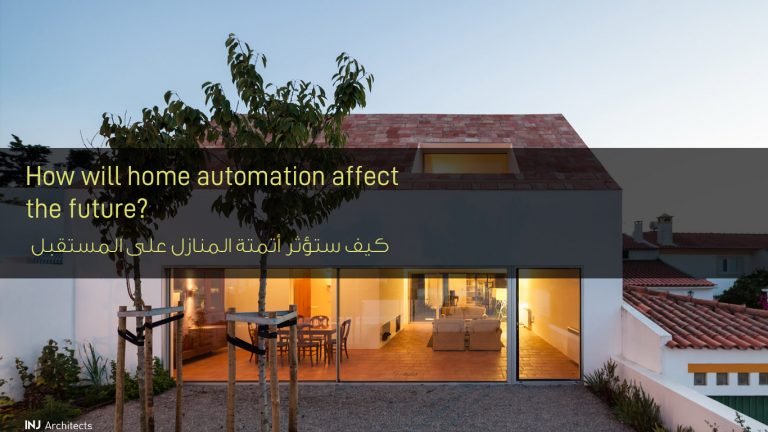Types of palm trees and their use in architecture
Types of palm trees and their use in architecture:
Who does not know palm trees? That long-lived tree that was distinguished by the Arab countries and not the rest of the world, called the Prince of Plants, grows in sandy soils in tropical countries climate, the palm tree is distinguished by its longevity in addition to it does not need a lot of care, it is not exhausting or expensive, and it is also known for its self-attractive look without the need to trim, clean or cut parts of the branch, the meditator finds it with a unique shape with a mixture of fabric and simple lines on its leaves, which gives rise to thinking about the architectural styles inspired by the greatness of this tree. In this article, we will learn about the types of palm trees and their use in architecture.
How can palm trees adapt to architectural building conditions? Various studies have examined different types of date palms in terms of style, shape and structure. They look like a handful of fronds in the wind, curved shadows, and sealed trunks and leak some sunlight through their longitudinal leaves. The best pattern can be produced that can adapt to the circumstance of construction.

Palm in architecture
The secret of the palm trees gardeners learn from Vancouver to Cartagena to Singapore is that among the 2,500 species of this diverse botanical family are almost different types for almost all landscape needs making them a massive garden resource hiding mainly in the mind of a smart engineer.
Read also: Architectural style in the city of Manhattan New York United States of America
While palm trees are the ideal companion for modern and classic architecture, strictly overly dependent on their regular forms can lead to the neglect of natural plants or multi-aged orchards i.e. although their consistency and size make the palm trees ideal elements in large estate gardens, however, Many of them can give a tropical touch a smaller landscape.
In this article we list a number of types of palm trees and their characteristics and how they can be used geometrically:
Types of palm trees and their use in architecture:
Cocos nucifera
A tree with the evergreen perpendicular to a height of up to 25 m. It has a clear, almost smooth stem, showing the leaves traces horizontally. The crown is large and diffuse with long feathered leaves (5 m) wide, bright in color, flowers clustered in tall clusters (1 m), fruits of a large walnut, about 10 cm in diameter, covered with a brown fibrous fiber, and thick fibrous roots scattered around the stem.
Architectural value: Coconut palm trees are used for decoration on streets, parks and public parks
Phoenix canariensis
An evergreen tree perpendicular to a height ranging between 15-20 m, having a clear single and short stalk, long feathery leaves 5-7m, shiny in color, cluster flowers 1 m in length, small fruits (2 cm) and not eaten, and the roots spread in limited areas, and the tree has a rate Medium to slow growth.
Architectural value: Canary palm trees are used for decoration on streets, parks and public parks.
Read also: Construction and glass
Phoenix dactylifera
An evergreen tree perpendicular to a height ranging from 15-25 m. It has one clear stem, its leaves are feathered, and the male or female clustered flowers are of one sex, and the fruits of a beard (Hassle) gather in large clusters, the roots are spread and deep, and the tree has an average growth rate to slow.
Architectural value: Date palm trees are used for decoration in gardens, parks, streets and roads, and for the production of well-known dates.
Washingtonia filifera
The tree is evergreen, vertical growth, height ranges between 15-25 meters, its crown is large, its leg is long, at the base is thick and swollen and is covered with the rules of the leaves and clear when they grow old, the leaves are helicopter-shaped, the ends of their leaves hang in the form of large strings, and long bleached blossom flowers appear in summer Small black spherical fruits with brown seeds. The roots are local and deep.
Architectural Value: For decoration on streets, roads, parks, and parks.
It is worth noting that the office of INJ (Ibrahim Joharji Architects) provides interior design services and is interested in indoor plants of all kinds and has a team specialized in implementing modern quality standards according to the latest high-end and attractive designs that suit all public and private institutions, and these features will not be found in many architectural offices, but In our architectural office, you will find many things that will motivate you to choose our office to implement your project or your home and other works that we seek and strive to implement in the best manner and in a manner befitting our great reputation and befitting our actions that have been implemented and that will be implemented in the future. Even near.







